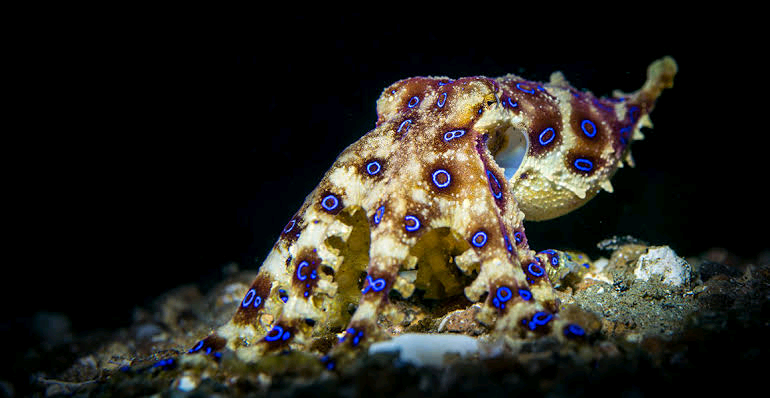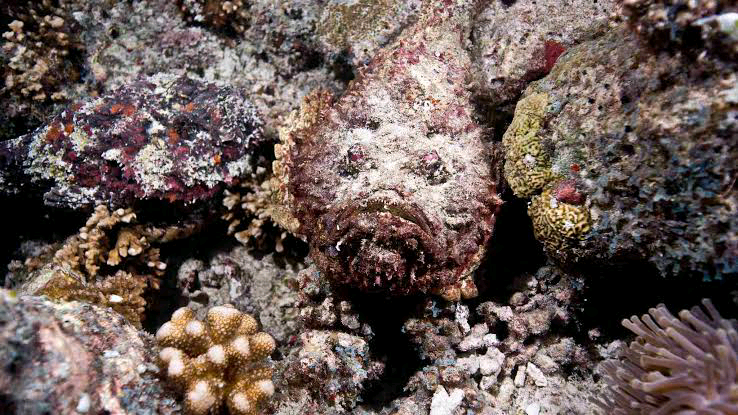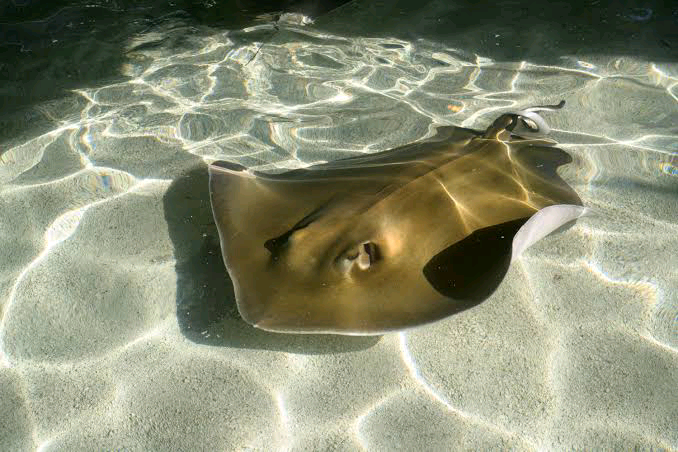Top 5 Most Poisonous Sea Creatures in The World
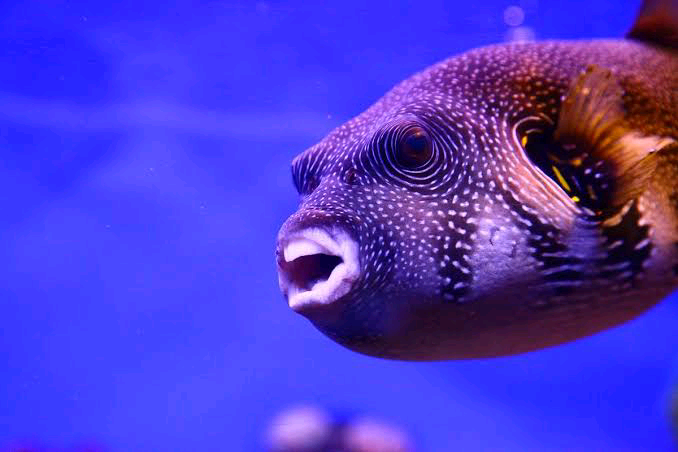
The mystical beauty of nature is evident in the diverse and magnificent display of virtues displayed by its many creatures.
The beauty of nature is particularly evident in sea creatures, which have been identified as the pinnacle of natural beauty by explorers.
The world boasts over 5 million species of stunning sea creatures that contribute to the mysterious beauty of nature.
However, some of these creatures are also known to be dangerous, posing a threat to sea divers and enthusiasts.
Unfortunately, over 2000 deaths have been recorded due to the harmful effects of these dangerous sea creatures, which can inject toxic substances or release venom through contact.
A single encounter with these toxic sea animals can result in seizures and other severe symptoms, sometimes leading to instant death.
This article will delve into the toxic and dangerous characteristics of these mysterious sea creatures.
Top 5 Most Poisonous Sea Creatures
Blue-ringed Octopus
Each year, we see a large number of deaths, around 200, caused by the poisonous seizures deployed by the Blue-ringed Octopus.
Despite its small size (12 to 20 cm), the Blue-ringed Octopus is considered one of the world’s top 5 most dangerous sea creatures due to its powerful neurotoxin, tetrodotoxin. This toxin, which is produced by infecting or symbiotic bacteria such as Pseudoalteromonas, Pseudomonas, and Vibrio, is extremely dangerous and can kill its victim within 30 minutes. The octopus associates with these bacteria from a young age, producing the neurotoxin tetrodotoxin, which can affect the human body through inhalation, ingestion, or contact.
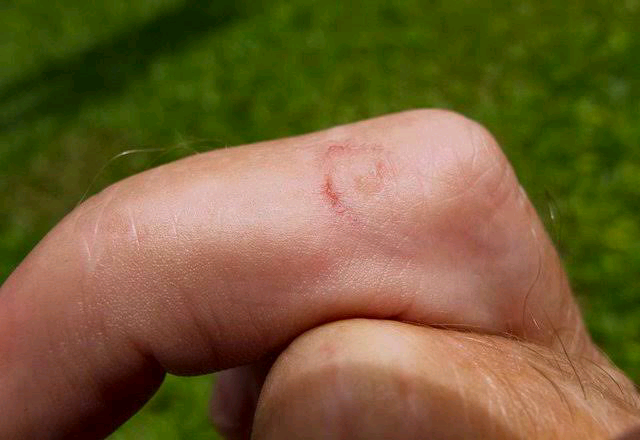
A Blue-ringed Octopus bite mark
Blue-ringed octopuses are even extensively precarious because they spend most of their lives hiding in their habitat portraying a standard camouflage to fore from their predators and also attack their prey. They can squeeze their body to several sizes which helps them to adapt to their habitat and also blend fully into their camouflaging qualities. They are also embossed with the ability to change the colour of their body by the mechanism of the contraction of muscles above the iridophores located in the multi-layer of their blue-ringed surface adding to the beauty of their camouflage.
When a Blue-ringed Octopus is triggered or disturbed, it will rapidly change colour and becomes bright yellow with each of its 50–60 rings promoting a bright iridescent blue as an aposematic warning display. If the intruder or attacker persists, it will attack.
More reason why the Blue-ringed octopus is feared globally is because of the toxic nature of their venom. When their intruders persist to let go after several warnings, they will inject the highly feared ‘Neurotoxin Tetrodotoxin’ into the body of its victim by the means of biting which is tiny and painless. It will result in nausea, respiratory arrest, heart failure, severe and sometimes total paralysis, and blindness which can lead to death within minutes if not treated. This Venom is capable to kill over 34 men in minutes.
During mating and reproduction, a male Blue-ringed octopus caresses and grabs the female octopus with his modified arm, the hectocotylus and inserts his hectocotylus into her mantle cavity repeatedly. This releases sperm into her until she had enough to resist the pleasure.
The female octopus will lay 50 bugs of eggs which they portray once in a lifetime at the end point of their lives. It will incubate the eggs under her arms for about six months without eating any single food and dying immediately after hatching the new offspring which will grow to become a newly reformed Blue-ringed Octopus.
They feed by grabbing weak smaller organisms like Crabs and wounded fishes which they often paralysis by injecting their venom into them. This would seize the prey’s movement allowing it to slowly devour its nutrient.
Puffer Fish
Puffer Fish belong to the family, Tetraodontidae which are mainly toxic and precarious to humans. They consist of several poisonous species which embody Puffer Fish as the most poisonous among all.
Unlike several dangerous sea creatures, Puffer Fish carry highly toxic venom identified as ‘tetrodotoxin’ in their several organs which makes it extremely dangerous to consume.
During the defence, Puffer Fish portray a unique mechanism that has so far described their intelligence. When disturbed, a puffer fish will fill its large stomach with water or air (outside the sea surface) making it puffed which may likely scare away its predators.
If the predator persists and finally devours, swallows or consumes the fish, digestion will aid the release of excessive ‘Tetrodotoxin’ in the stomach that will cause instant death. However, some species of puffer fish are considered a delicacy in China.
In some species, defence is incredibly advanced following the presence of TTX on the surface of their skin, which causes predators to spit them out for the vast nature of bad their taste.
During reproduction, Pufferfish condone one of the most recorded intelligent courtships among animals.
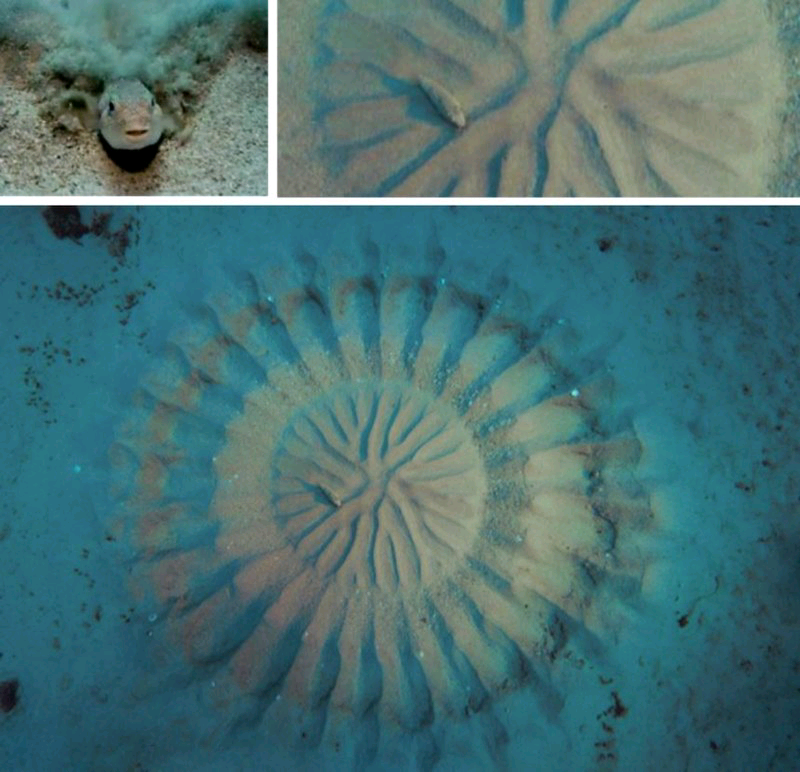
geometric circular structures built by a male Pufferfish to attract females for reproductive spawning
According to studies, they portray different phases of courtship that attracts the opposite gender but one of the most rated courtships is the ‘geometric circular structures’. This is creatively and beautifully created by certain Male species with perfection. The beauty of the circle attracts female puffer fish which will be lured to the territory where they will spawn eggs which males will fertilize.
Most smaller Pufferfish feed on vegetables while larger species are carnivorous and can be able to tear or break down the shells of crustaceans they feed on.
According to Wikipedia, when we refer to its precarious state, Pufferfish tetrodotoxin deadens the tongue and lips, and induces dizziness and vomiting, followed by numbness and prickling over the body, rapid heart rate, decreased blood pressure, and muscle paralysis.
One of the most dangerous aspects of their venom ‘Tetrodotoxin’ produced by certain bacteria in Pufferfish lungs is that they shrink the diaphragm of humans leading to loss of breath if consumed.
Stone Fish
The mysterious fish identified as Synanceia which is popularly known as Stone Fish is another global most feared sea creature because of its precarious poisonous effect on human health status.
According to several sources, this specie of fish is the most dangerous fish that ever existed in the human race following the nature of the toxic venom it consists of.
This fish found in the coastal regions of the Indo-Pacific is embossed with severe venom identified as neurotoxins secreted from its glands at the base of its needle-like dorsal fin spines which it releases into its threatener when disturbed.
The venom which is also described as death row is highly effective to the extent that a single sting from a stone Fish could result in intense pain, respiratory weakness, damage to the cardiovascular system, convulsions and paralysis, sometimes they can lead to death.
This is even dangerous because the camouflaging ability of Stone Fish is highly profiled thrusting a perfect resemblance with sea stones creating vast situations where swimmers step on them unknowingly.
Stingray
The stingrays belonging to cartilaginous fish related to sharks are also regarded vastly as one of the most poisonous sea creatures that have aided the death of sea divers and swimmers.
Stingrays embody several precarious venoms identified as cystatins, peroxiredoxin and galectin which are located in their spines.
When triggered or disturbed the venom penetrates the epidermis and mixes with the mucus to release the venom on its victim. When a Stingray attacks a human, it will inject the three phases of its venom into its victim which leads to increased blood flow in the superficial capillaries and cell death caused particularly by galectin.
In general, Stingray is not cruel but would breach dimensions when disturbed. However, they induce camouflaging abilities by burying themselves under the sand of the sea floor and can be disturbed by sea divers unknowingly.
During reproduction, Stingray portrays vast unique temperaments which have also added to the beauty of their existence.
As disclosed by studies, female Stingrays can store sperm for a tally of two years after mating and fertilizes it anytime she feels favourable to reproduce.

